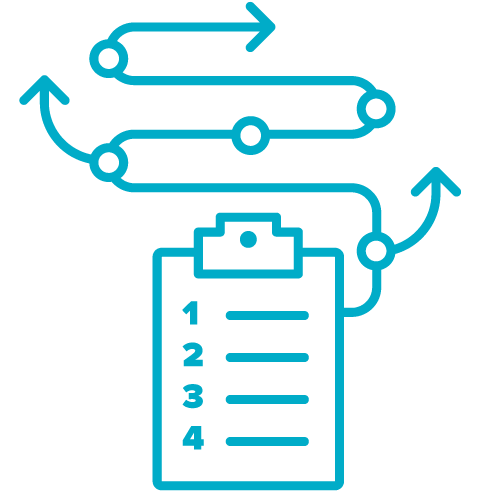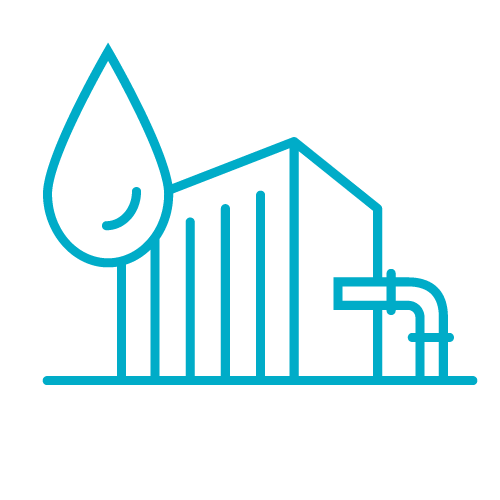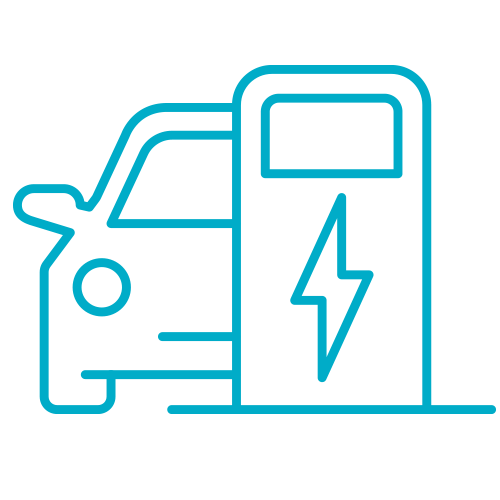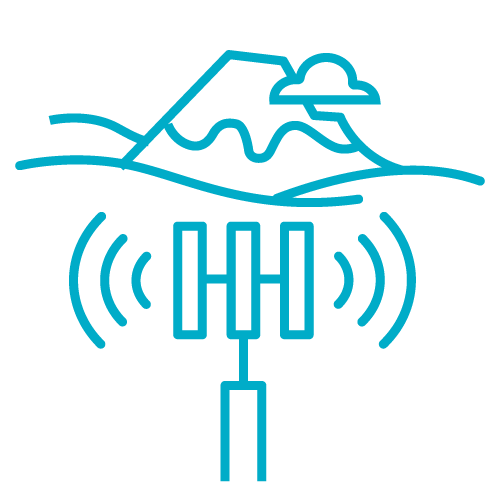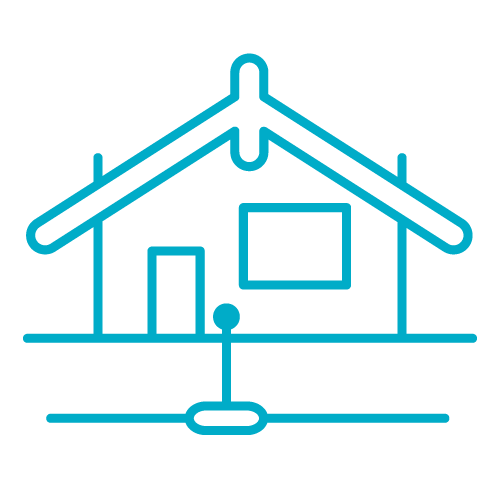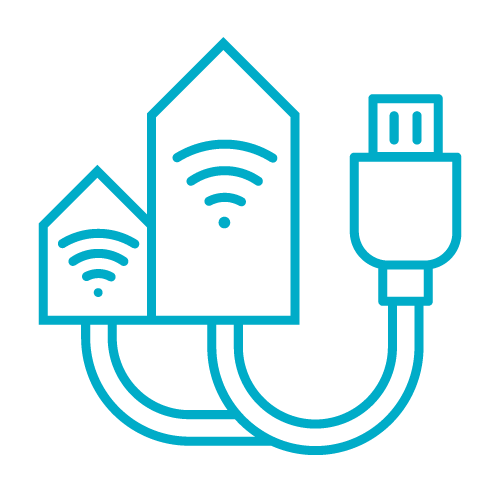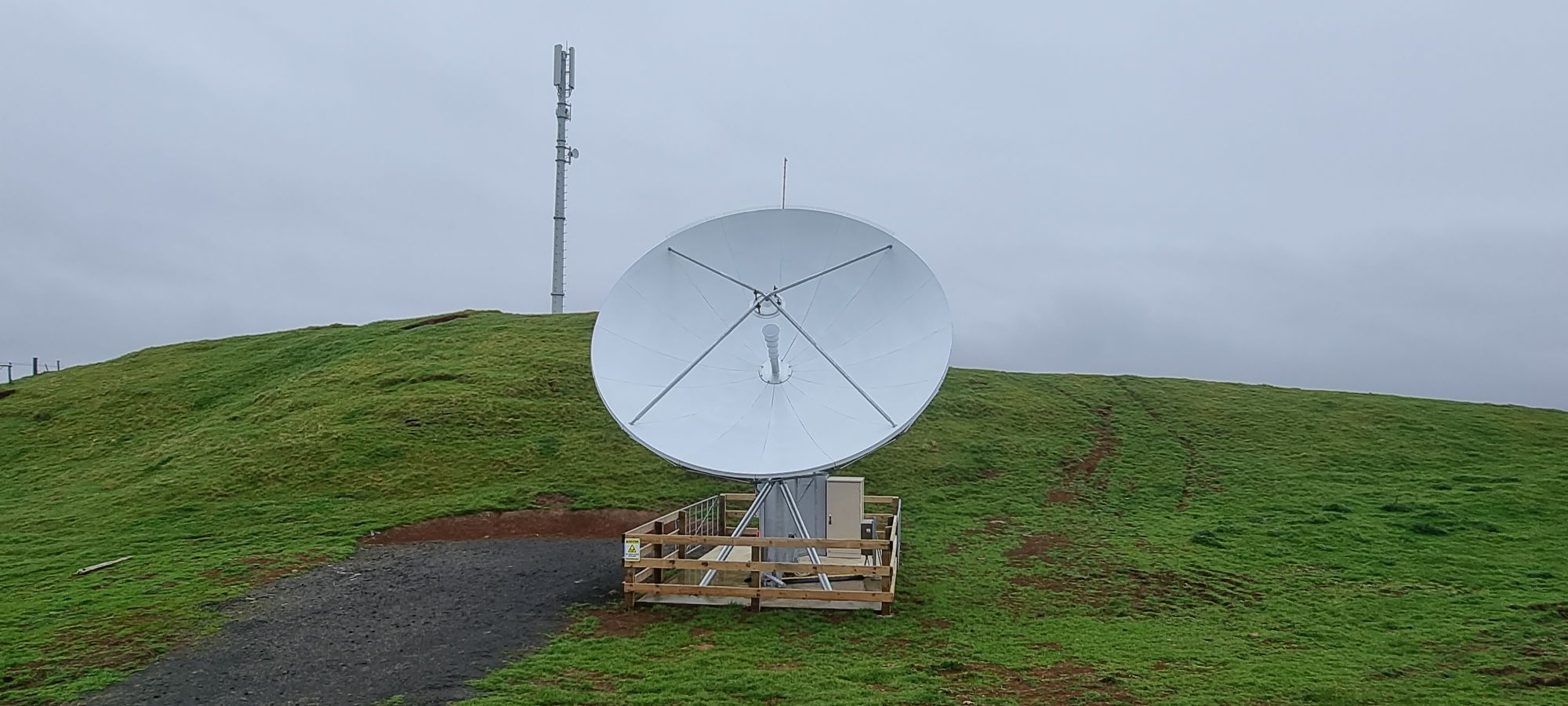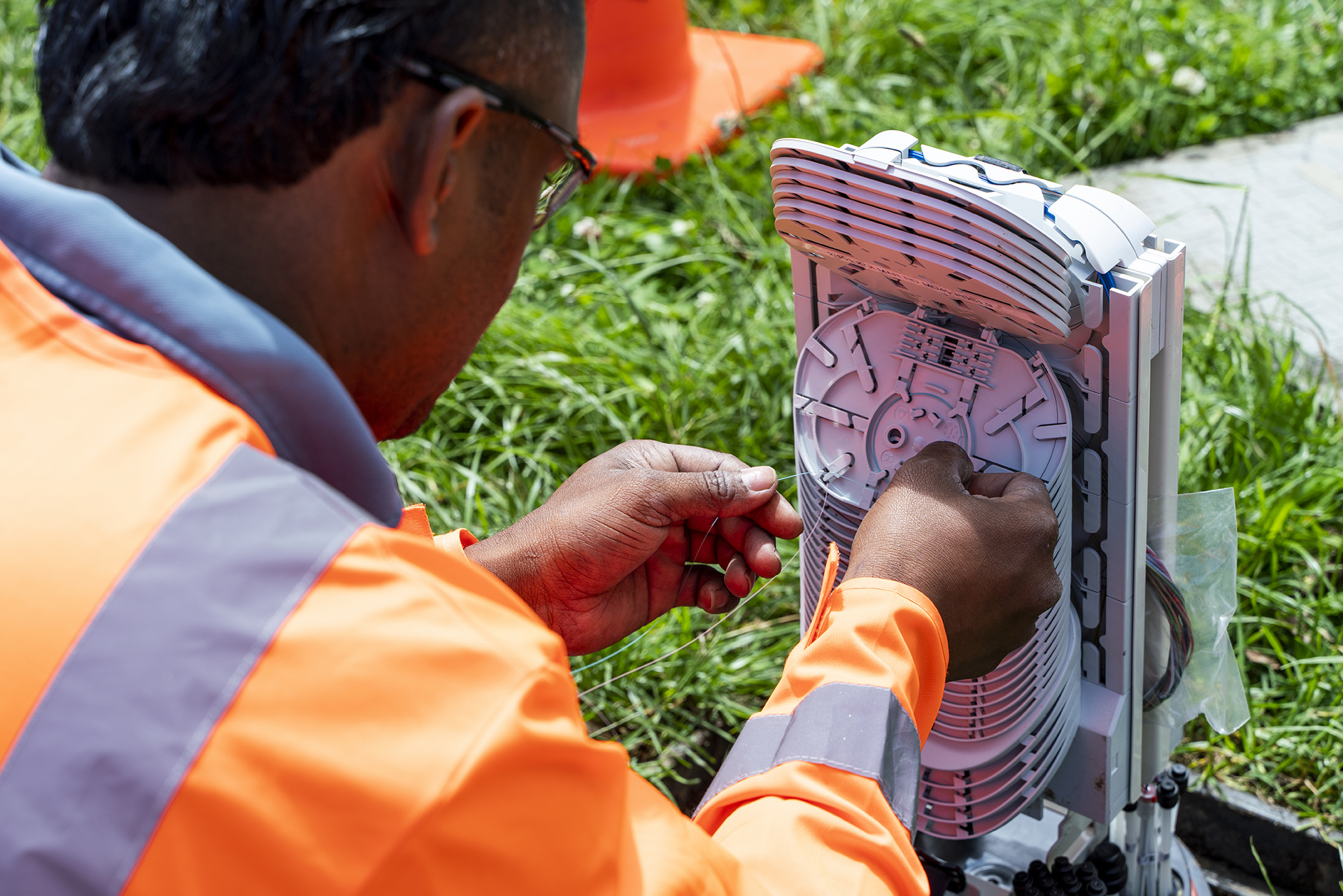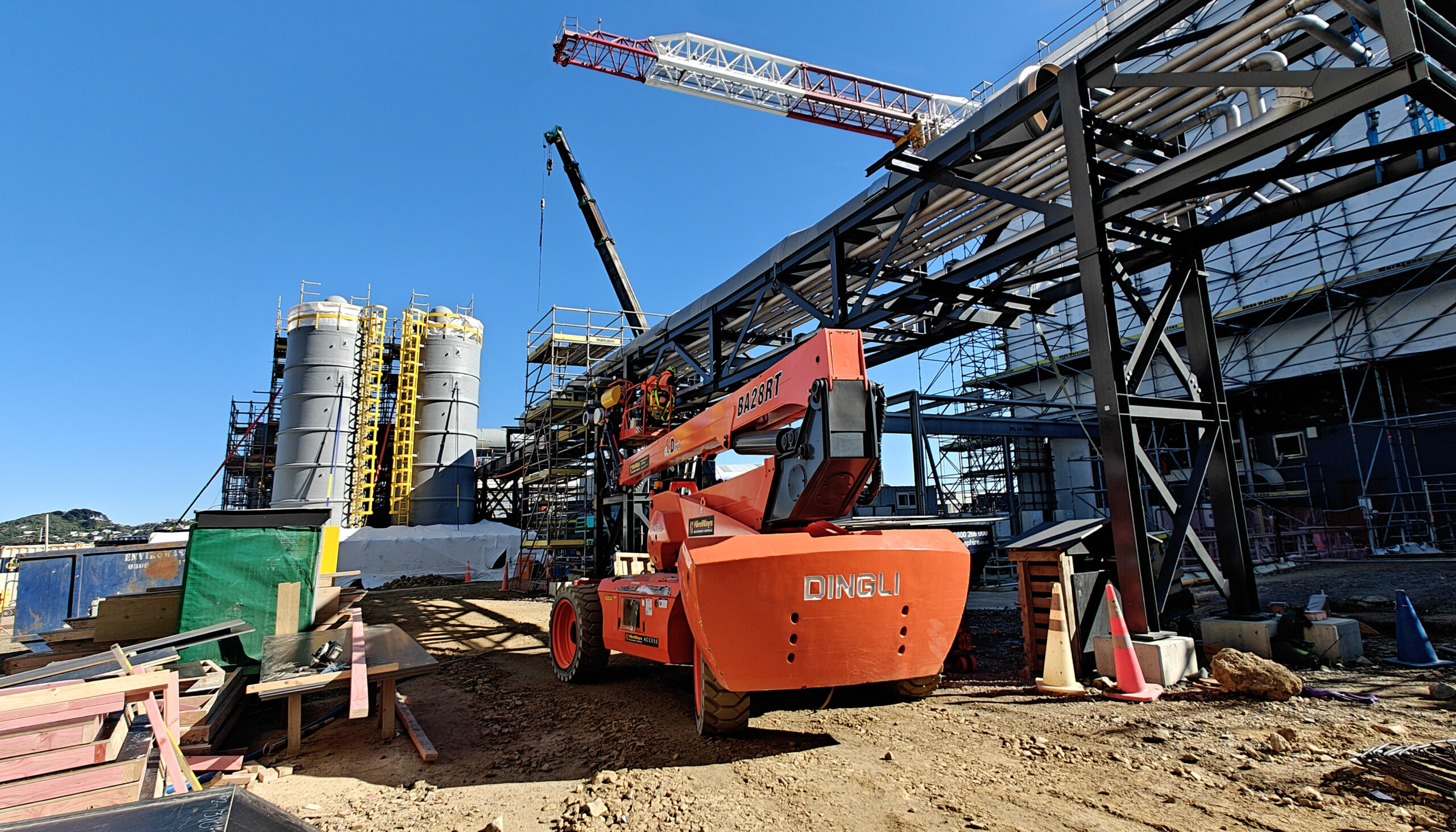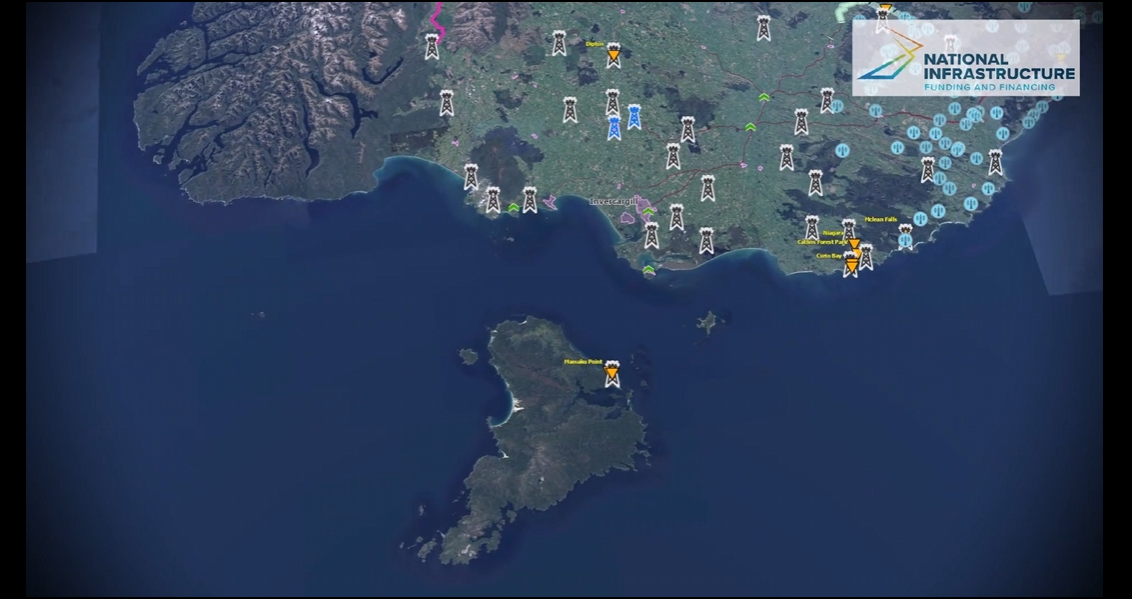Five new mobile towers are now standing proud in their Chatham Island home.
The new 4G mobile telecommunications network is part of the Rural Broadband Initiative Phase 2 and has been built by the Rural Connectivity Group (RCG) and a Downer construction team. The five mobile towers are positioned around the island to maximise broadband coverage to residents on both Chatham Island and Pitt Island, while also taking 4G mobile coverage to the majority of the island’s roads. RCG is on schedule to have the network completed and switched on in November 2021 (subject to COVID-19 impacts). It will deliver services from Spark, Vodafone and 2degrees.
Not only is this the first time Chatham Island will have mobile coverage, but locals will have the choice of all three mobile operators for their mobile and broadband services. This investment has also allowed the build of a new satellite dish and satellite link, providing 8.5 times the capacity of the current satellite link serving the island. This is fundamental to improving broadband speeds for residents and allows 4G fixed wireless broadband for almost all households and businesses on the islands.
The new satellite link will provide the ‘backhaul’ of mobile and internet traffic to New Zealand and to the world. The five new towers will support three panel antennas each, radio access network equipment and digital microwave dishes. The tower on Manukau Station also has a high gain antenna to provide coverage to Pitt Island.

RCG worked with National Infrastructure Funding and Financing, the Chatham Islands Enterprise Trust, the Kaingaroa Trust, the Hokotehi Moriori Trust, Chatham Islands Electricity, Ngāti Mutunga o Wharekauri, local landowners, and the Chatham Islands Council to scope and design the new telecommunications network. The Chatham Islands are positioned in the ‘roaring forties’ latitude and in a windswept, harsh, coastal environment. The network design had to consider the tremendous wind load on each facility, as well as the footings required due to the unique ground conditions, such as the peat fields encountered around the island.
The project priority is to deliver reliable, fast broadband, and because it is being delivered over a cellular network, mobile phone services will also be available to the island for the first time. The mobile coverage will extend into the marine territory, providing support for farming, tourism, and the fishing industry, the island’s main source of employment and income.
“The Chatham Islands rely on the fishing industry and the safety of our people at sea is paramount. The fishing workers are at sea for days at a time, and having broadband and mobile coverage will enable them to keep in touch with their families, and the fish market, as well as achieve Ministry for Primary Industries compliance by being able to submit their daily catch reports,” says George Ririnui, MPI Fisheries Officer on the Chatham Islands.
Mayor Monique Croon is excited about the new mobile network, knowing that the addition of mobile coverage to the island’s roading network will provide peace of mind for residents. “Locals will no longer have to sleep overnight in their cars in the case of a breakdown or accident and wait for daylight to seek help. Help will be just a phone call away at any time of day or night.”
New Zealanders are flocking to the island to enjoy the unique landscape and way of life, especially since Aotearoa’s borders have been shut since 2020.
“Being able to keep track of our tourist operations and keep people safe as they travel the island is going to be a huge advantage, ultimately enhancing the visitor experience,” says the Mayor.
“We created a dedicated team to work on the Chatham Islands project to ensure we understood the unique challenges, developed clever solutions to them and could build the entire network within a short timeframe,” says John Proctor, CEO of RCG. “Our team have got close to the local people and are really grateful for their support in bringing the project to fruition so quickly. We are building this network to improve life for the locals, so it is wonderful to have had their input and support from the beginning.”
Eutelsat is providing the satellite link to the island and RCG also worked with Downer NZ to deliver the satellite station and five mobile cell sites.
The steel poles were designed and manufactured by CSP Pacific, taking into account the windswept environment on the island. To ensure a robust network on the island, the five cell sites are linked with diverse paths, so any fault on a particular site can be isolated and still allow the other sites to operate. The internal linking is being delivered by Ultimate Broadband, a WISP based in Canterbury. Reliable broadband and mobile services are essential for emergency management, such as in the COVID-19 Level 4 lockdown that also affected the Chatham Islands.
“We need these services to connect our people who are isolated and need our support,” says Owen Pickles, Council CEO and long-term civil defence stalwart. “The new network is important for our families to contact emergency services in the case of an accident, fire or other emergency. Our residents will be better informed of potential hazards related to events, such as earthquakes, tsunamis, and civil defence warnings and have an immediate ability to report any criminal activity.”




